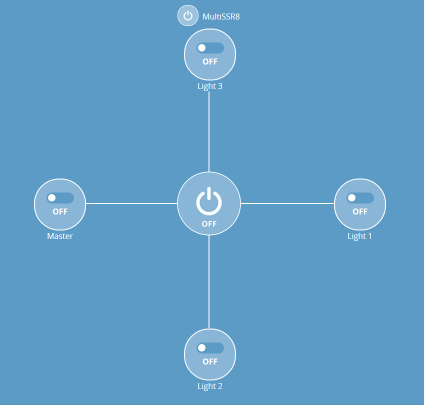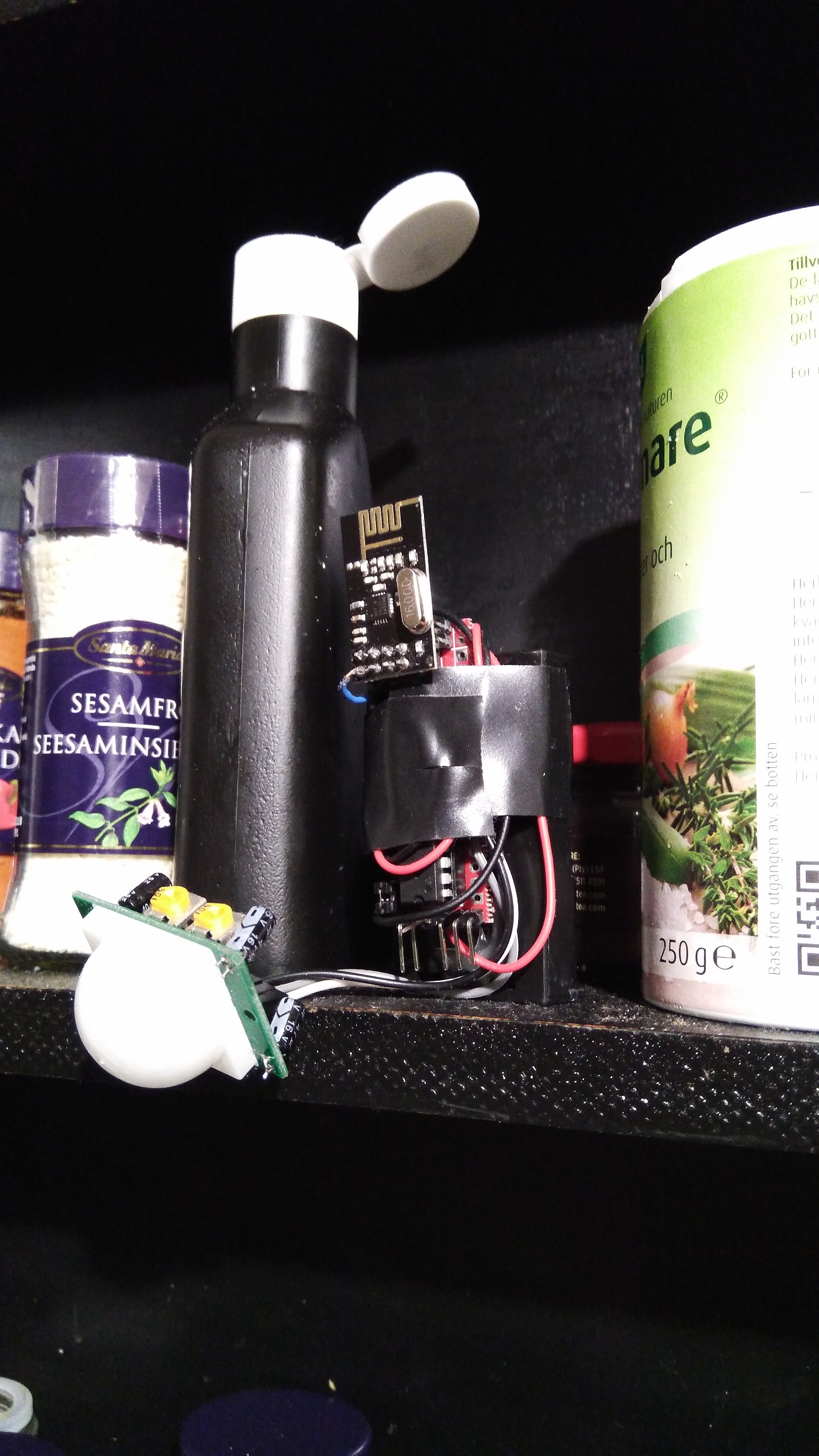What did you build today (Pictures) ?
-
Wow. All these recent creations are so professional. Really nice!
-
Another project of mine, the second revision is finished today and put to the test. This is an encoder with accelerometer, powered by nRF52811 chip (datasheet).
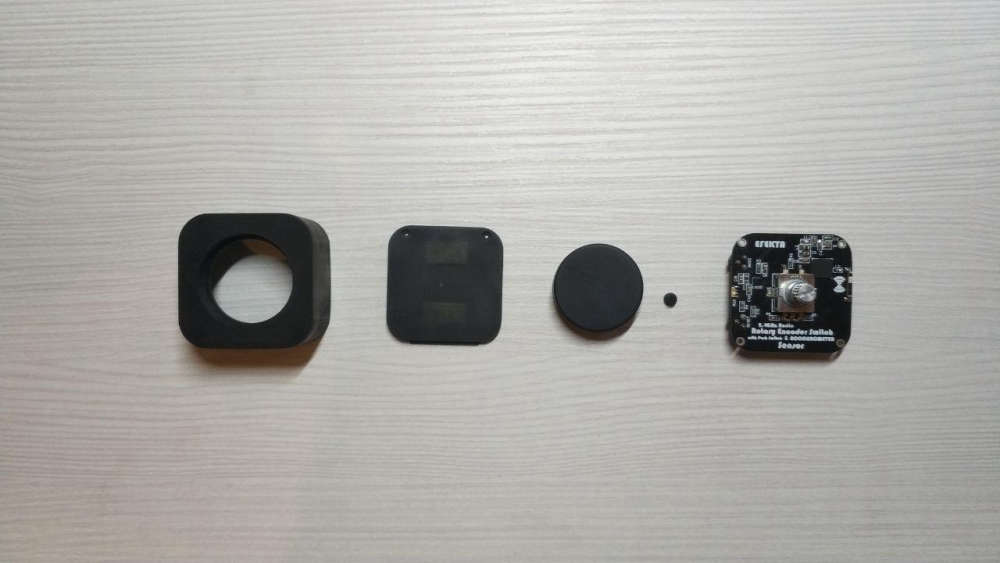
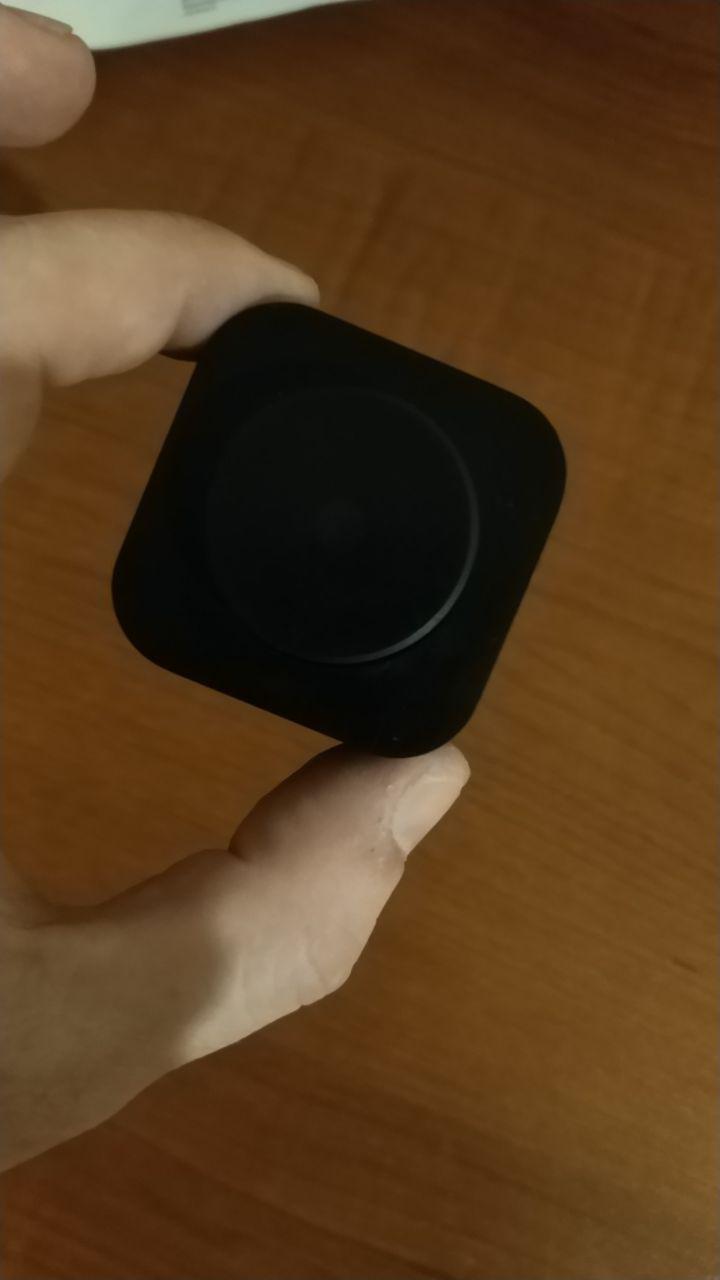
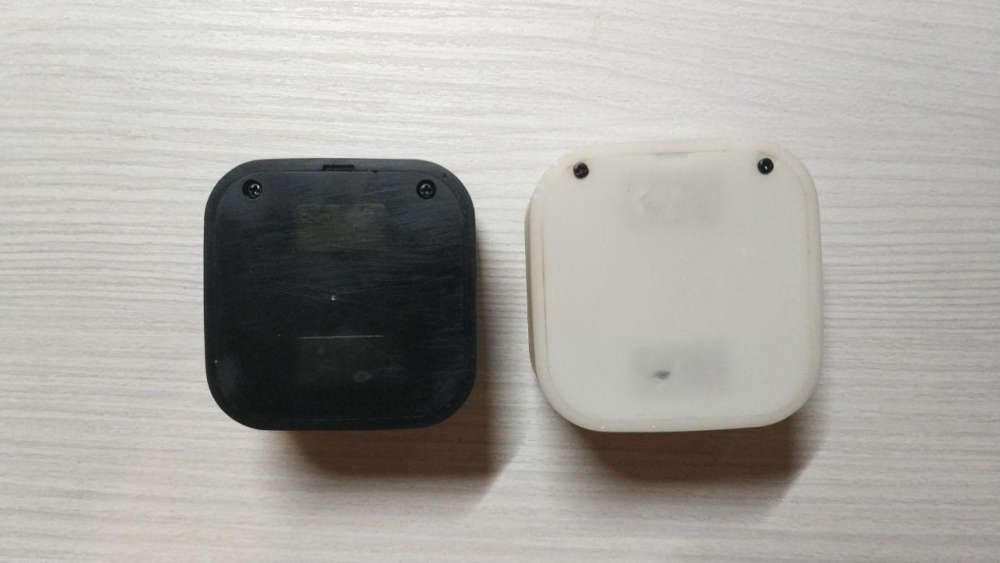
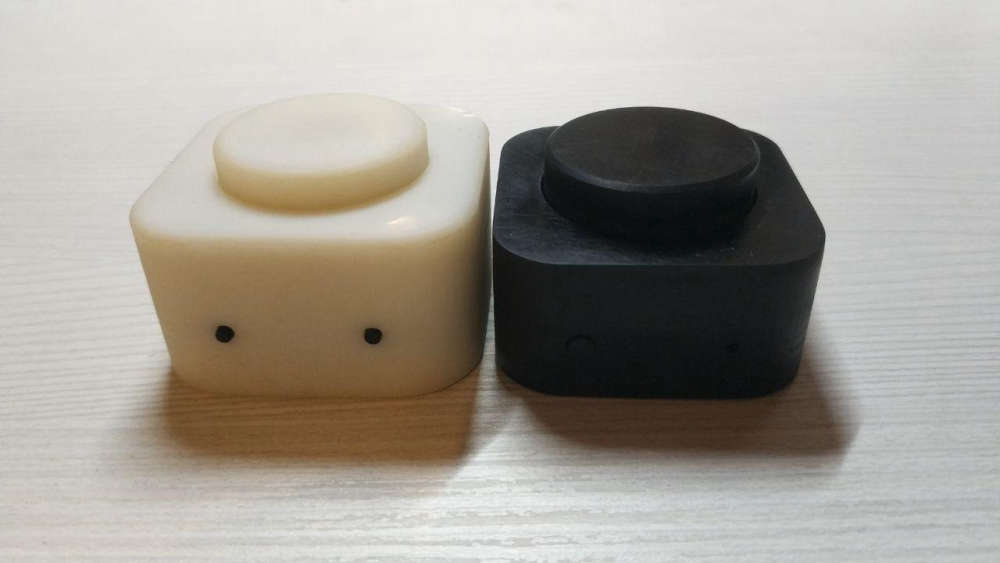
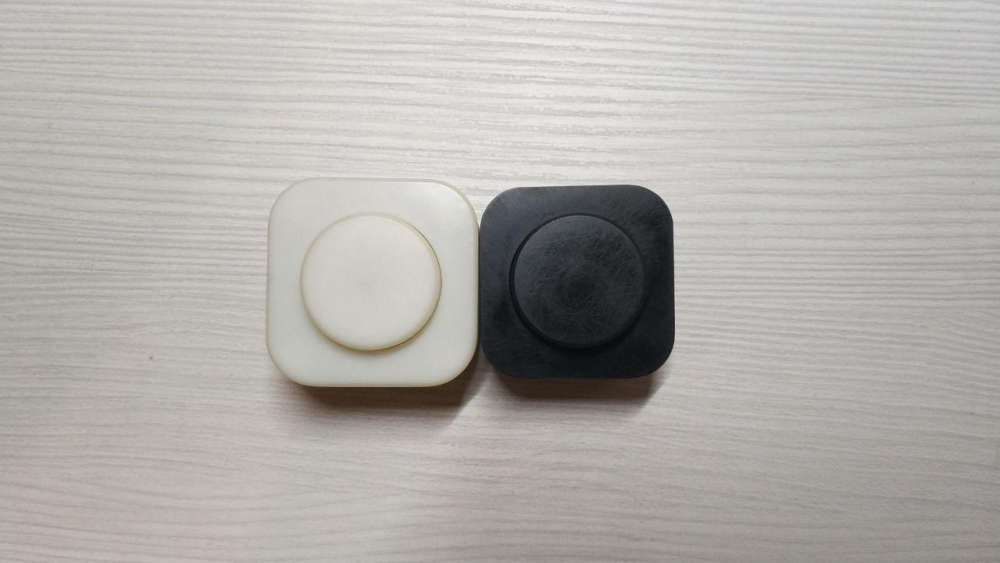
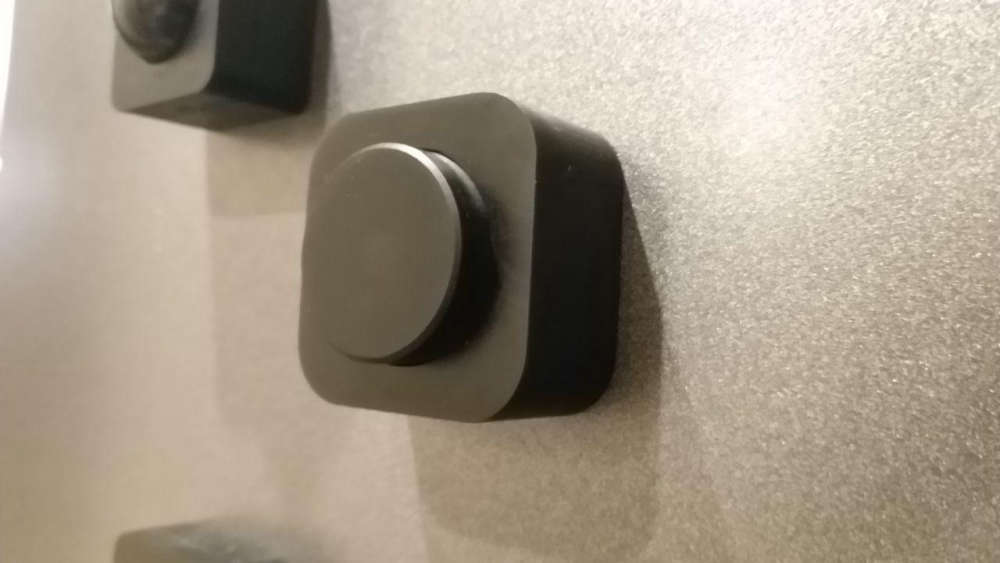
-
Another project of mine, the second revision is finished today and put to the test. This is an encoder with accelerometer, powered by nRF52811 chip (datasheet).






-
@berkseo nice piece! Do you mean accelerometer for an encoder, or a physical one? And if the latter, what for is it supposed to be used?
@monte said in What did you build today (Pictures) ?:
nice piece! Do you mean accelerometer for an encoder, or a physical one? And if the latter, what for is it supposed to be used?
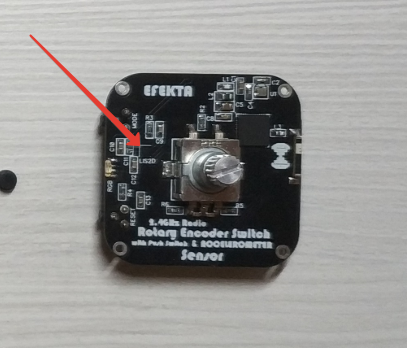
I think the use cases quite a lot, I want to implement double tap. For example, there is a dimmable lamp with switching to cold and warm light. Here with the help of a double tap you can control the switch from cold to warm and back. In any case, I think this is a good extension of the functionality. -
@neverdie Thanks for rating. Especially pleased, so as nRF52 for me began with Your those on this forum.
-
Great idea @sundberg84
This prompted me to finally get started on something that I've put off for far too long, especially considering how little work it was.I'm still using dupont wires to connect my radios, despite better solutions such as the easypcb being available. But this quick little trick makes it easier to switch the radio modules.
https://youtu.be/Jeg0kS9AcgYYou'll need:
- Dupont female-female wires (I use 10cm), https://www.aliexpress.com/item/Free-Shipping-1lot-40pcs-lot-10cm-2-54mm-1pin-femal-to-femal-jumper-wire-Dupont-cable/32329983091.html
- 4x2 jumper wire connector/header from a 620 pcs kit, https://www.aliexpress.com/item/620-Pcs-1-Set-Jumper-Wire-Cable-Pin-Header-Connector-Kit-Male-Crimp-Female-Pin-Terminal/32816829548.html
- NRF24L01+ radio module, https://www.aliexpress.com/item/Free-shiping-best-prices-10pcs-lot-NRF24L01-NRF24L01-Wireless-Module-2-4G-Wireless-Communication-Module/674686536.html
- Small screwdriver
In the future, I plan to build the other end of the connector for Pro Mini and Rasbperry Pi.
-
Another one of my brand new device is ready, today I finished the case for this device. This is a motion sensor on the S16-L221D-2. Also added a temperature and humidity sensor, it can be sht20-21, si7020-21, hd 1080, perhaps something else, now there are many sensors in such cases. Powered by a "nuclear" battery 2/AA (14250) 3.6 V. Powered by a chip nRF52811. I added support for this chip to the sandeepmistry boards.
Soon this sensor will be available at openhardware.io
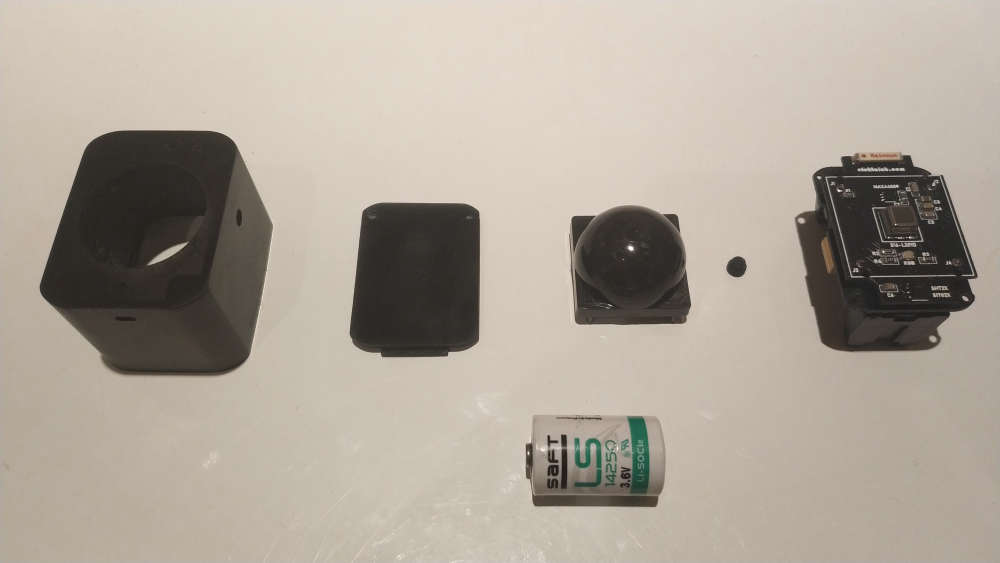
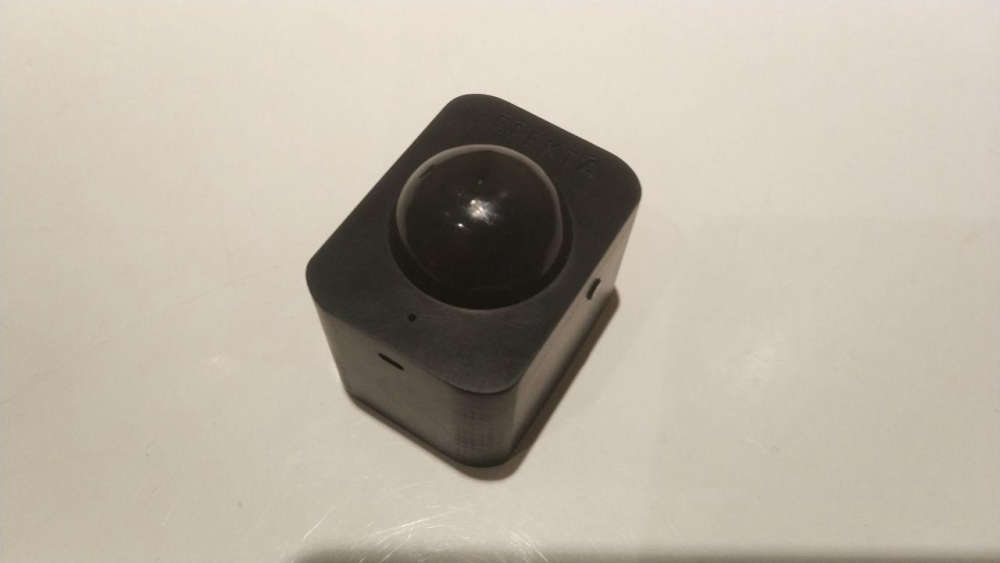
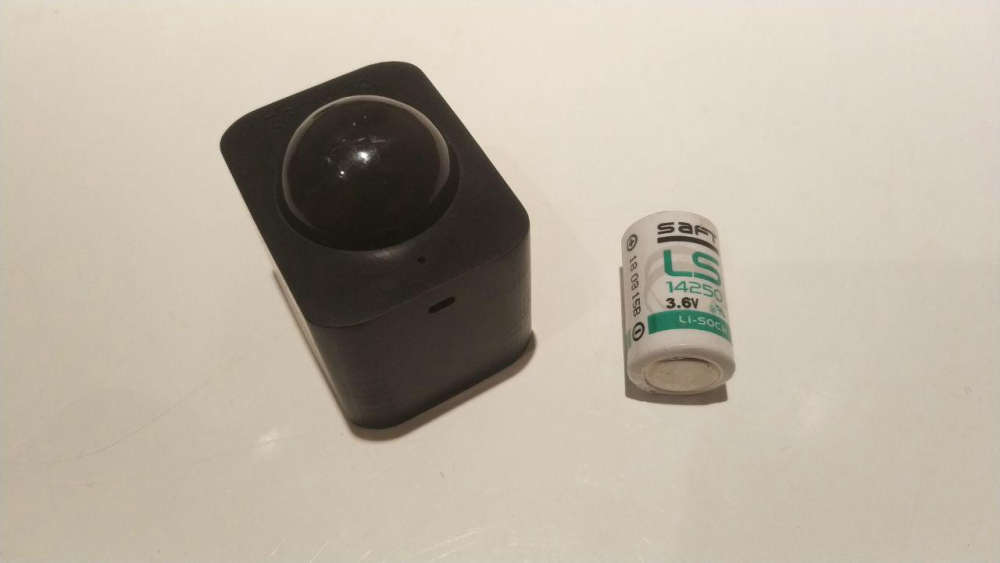
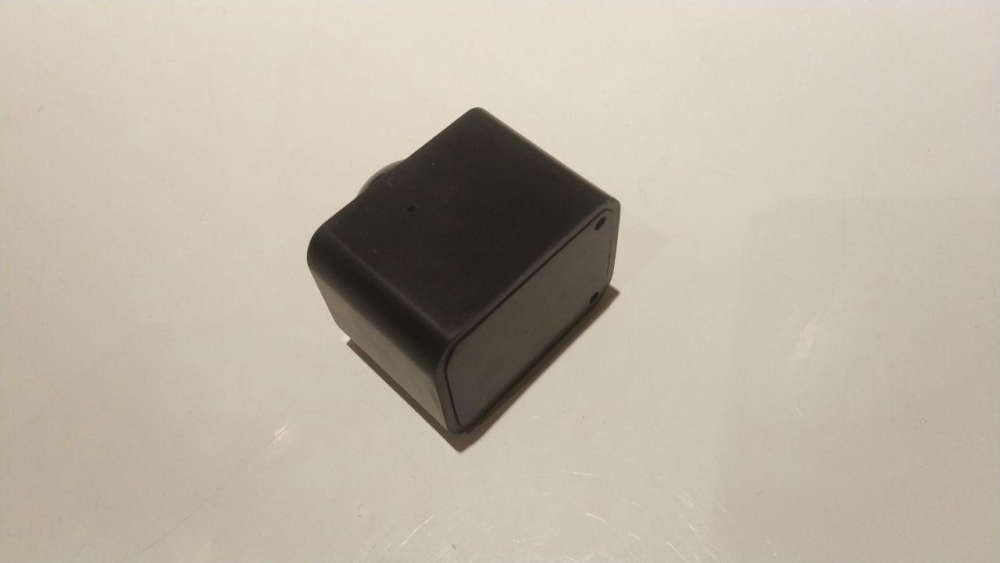
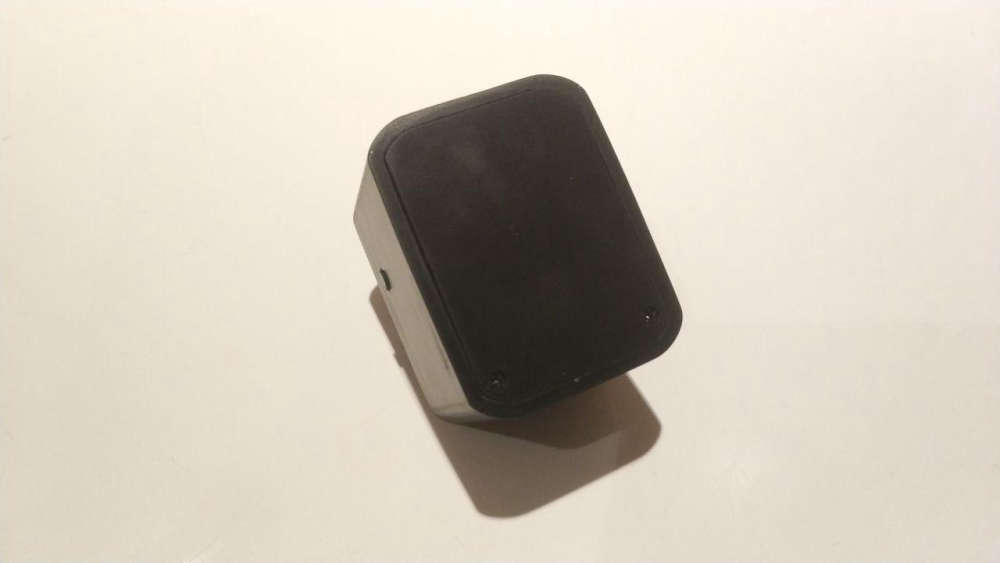
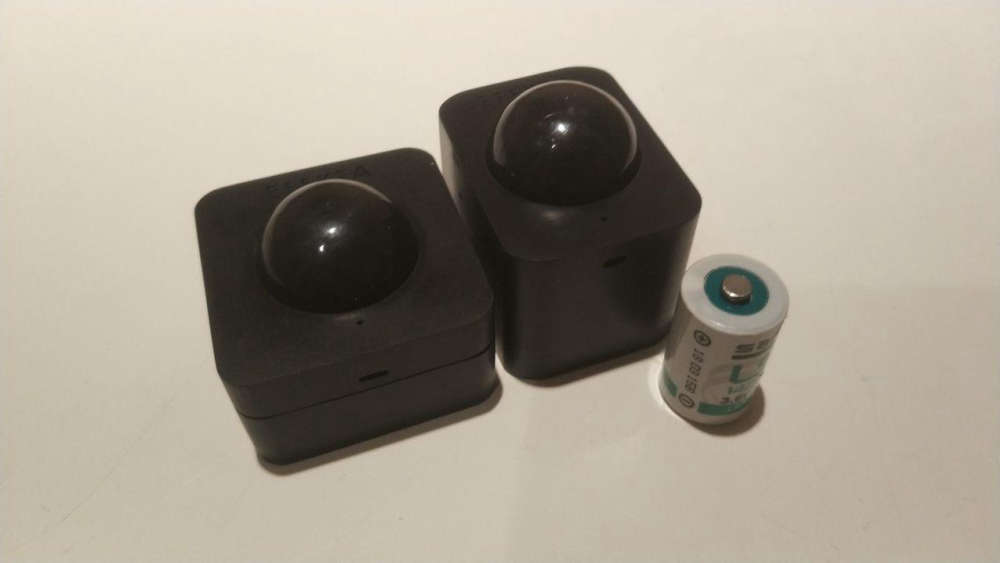
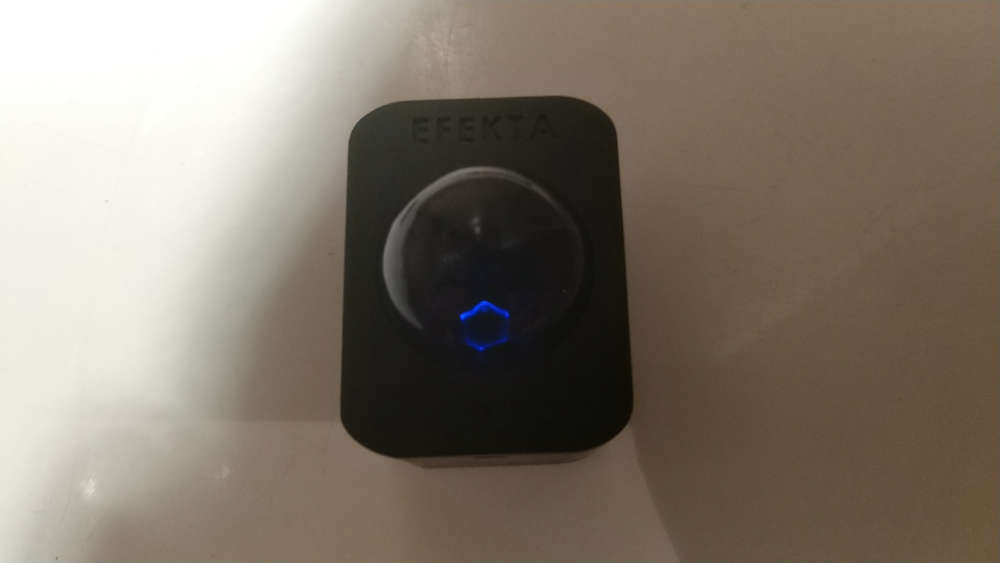
-
Not hardware though, but I'm working on my dashboard solution for a wallmounted tablet.
I kind of already have this working in angular, but lately I have switched to react (joined a new project at work where they use react for frontend development), so wanted to see how "easy" it would be to create a something similar to my angular dashboard, but in react instead.
Made a small screencast of the dashboard, and are now playing around with "fully kiosk browser" on an old android tablet. Next step is to create a wooden frame, so it doesn't look like a tablet that is mounted on the wall (for WAF'ines).
All data, except weather forecast and channel lists, is from my mqtt broker, where I use mqtt over websockets.I have a bunch of python scripts, and a node-red instance, to wrap things up for the display, and also do a lot of magical stuff, like turning on TV and amplifiers automatically when casting youtube, and then turn the TV etc. off again, when I haven't streamed anything for a couple of minutes. (So the kids doesn't forget to turn off the TV when they're finished watching cartoons)
-
Today i fired up my controller after 6 months houserenovation. Upgraded to new 2.3 version and instantly some old nodes started reporting again 😀. Yes, there were some without battery but several temp and binary nodes survived 6 months without supervision.
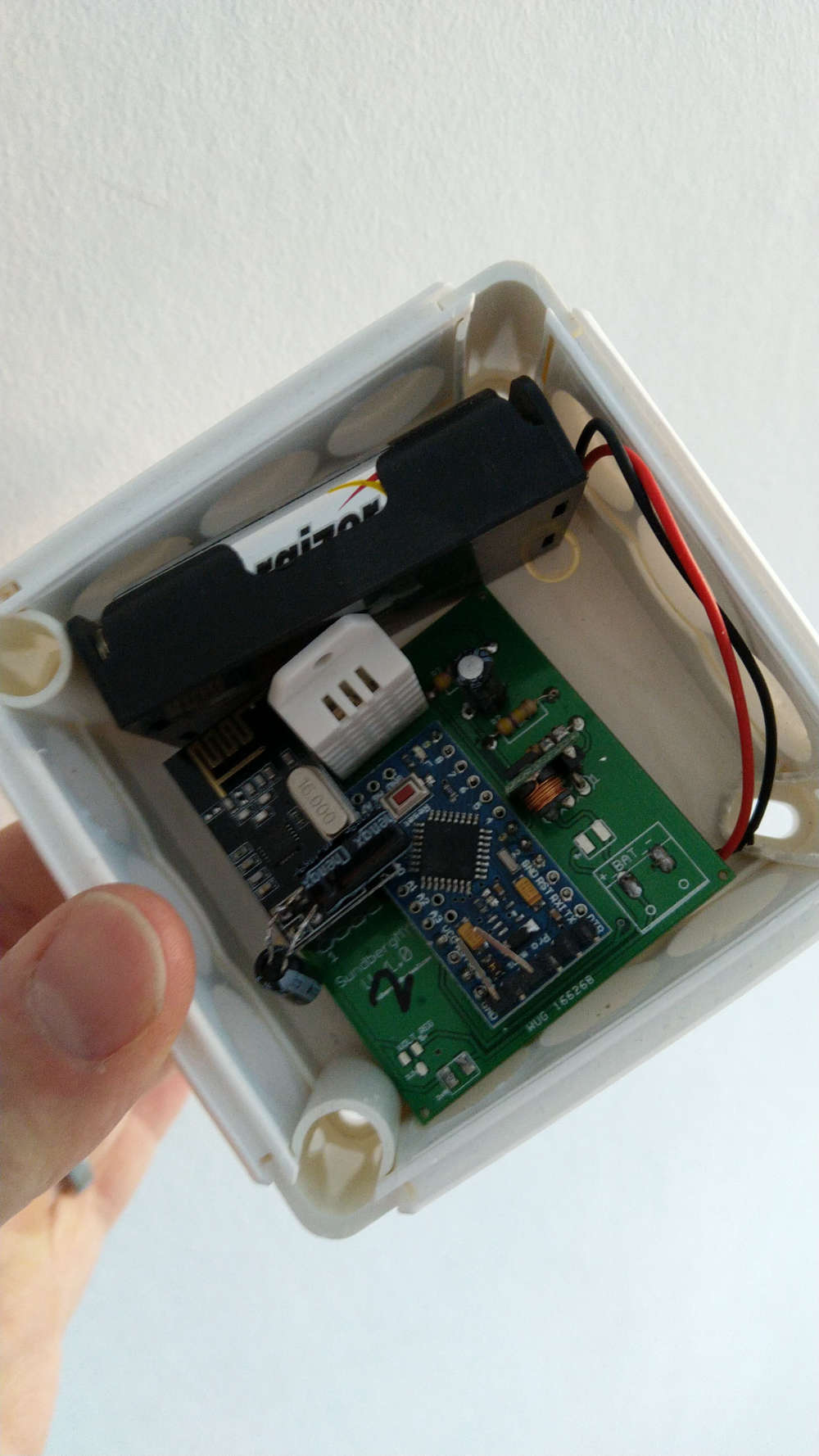
-
Today i fired up my controller after 6 months houserenovation. Upgraded to new 2.3 version and instantly some old nodes started reporting again 😀. Yes, there were some without battery but several temp and binary nodes survived 6 months without supervision.

@sundberg84 Out of curiosity, did you have battery powered Nodes trying to contact a dead controller or did you shut them all down?
When the Controller here died in June/July, the hit on Node voltage was quite spectacular compared to normal decay, in this instance the gas meter which was only supplying hot water and cooking...
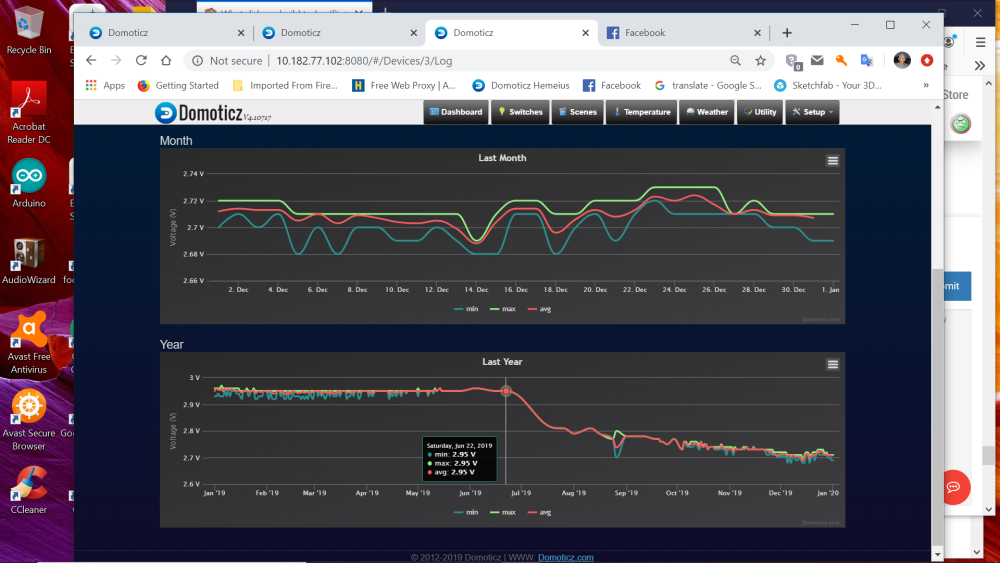
-
Not hardware though, but I'm working on my dashboard solution for a wallmounted tablet.
I kind of already have this working in angular, but lately I have switched to react (joined a new project at work where they use react for frontend development), so wanted to see how "easy" it would be to create a something similar to my angular dashboard, but in react instead.
Made a small screencast of the dashboard, and are now playing around with "fully kiosk browser" on an old android tablet. Next step is to create a wooden frame, so it doesn't look like a tablet that is mounted on the wall (for WAF'ines).
All data, except weather forecast and channel lists, is from my mqtt broker, where I use mqtt over websockets.I have a bunch of python scripts, and a node-red instance, to wrap things up for the display, and also do a lot of magical stuff, like turning on TV and amplifiers automatically when casting youtube, and then turn the TV etc. off again, when I haven't streamed anything for a couple of minutes. (So the kids doesn't forget to turn off the TV when they're finished watching cartoons)
@tbowmo said in What did you build today (Pictures) ?:
Not hardware though, but I'm working on my dashboard solution for a wallmounted tablet.
Sigh, this is on my todo list for a long time. I have a working solution with imperihome (gateway to imperihome implemented in node-red) but never get to mount the tablet. :(
I kind of already have this working in angular, but lately I have switched to react
Second sigh.... popularity of angular seems to decrease. Do I have to learn another framework?
(joined a new project at work where they use react for frontend development), so wanted to see how "easy" it would be to create a something similar to my angular dashboard, but in react instead.
...
All data, except weather forecast and channel lists, is from my mqtt broker, where I use mqtt over websockets.
Third sigh :) I like your chosen architecture except for the decision using websockets. (It is neither nice from a security standpoint nor is it proxy friendly, but who cares in a closed home enviroment.)
I have a bunch of python scripts, and a node-red instance, to wrap things up for the display, and also do a lot of magical stuff, like turning on TV and amplifiers automatically when casting youtube, and then turn the TV etc. off again, when I haven't streamed anything for a couple of minutes. (So the kids doesn't forget to turn off the TV when they're finished watching cartoons)
I really like your project. Maybe you can publish some react code? (Then I can try t understand another ui framework...)
-
@tbowmo said in What did you build today (Pictures) ?:
Not hardware though, but I'm working on my dashboard solution for a wallmounted tablet.
Sigh, this is on my todo list for a long time. I have a working solution with imperihome (gateway to imperihome implemented in node-red) but never get to mount the tablet. :(
I kind of already have this working in angular, but lately I have switched to react
Second sigh.... popularity of angular seems to decrease. Do I have to learn another framework?
(joined a new project at work where they use react for frontend development), so wanted to see how "easy" it would be to create a something similar to my angular dashboard, but in react instead.
...
All data, except weather forecast and channel lists, is from my mqtt broker, where I use mqtt over websockets.
Third sigh :) I like your chosen architecture except for the decision using websockets. (It is neither nice from a security standpoint nor is it proxy friendly, but who cares in a closed home enviroment.)
I have a bunch of python scripts, and a node-red instance, to wrap things up for the display, and also do a lot of magical stuff, like turning on TV and amplifiers automatically when casting youtube, and then turn the TV etc. off again, when I haven't streamed anything for a couple of minutes. (So the kids doesn't forget to turn off the TV when they're finished watching cartoons)
I really like your project. Maybe you can publish some react code? (Then I can try t understand another ui framework...)
I was forced over to react, as the new project I was assigned to is using it (one of the downsides / luxuries of being in a large corporation). But yes, "Another framework". I can't decide if react is better than angular though. It's not as strict as angular on how to design things, but then the "strictiness" could be one of the strengths of angular.. I have experienced it a couple of times, where there are a lot of different ways to accomplish the same thing in react, so it's a bit harder to find the "Best way (tm)", whereas for angular it's a bit more strict path to implementations.
for the websockets, there might be security issues with it but if you want to have an open connection where you push data to the client, you don't have that many options available. I have thought about ditching mqtt for the frontend, and implement my own (websocket) protocol. Mainly to limit access to my mqtt broker, but there is only so many hours a day, and work, wife, kids etc. all want a part of them.. :)
The project is already on github, don't expect anything fancy though..
-
A 3D printed hanger for dupont cables, mounted on the inside of the wardrobe that is my electronics lab.
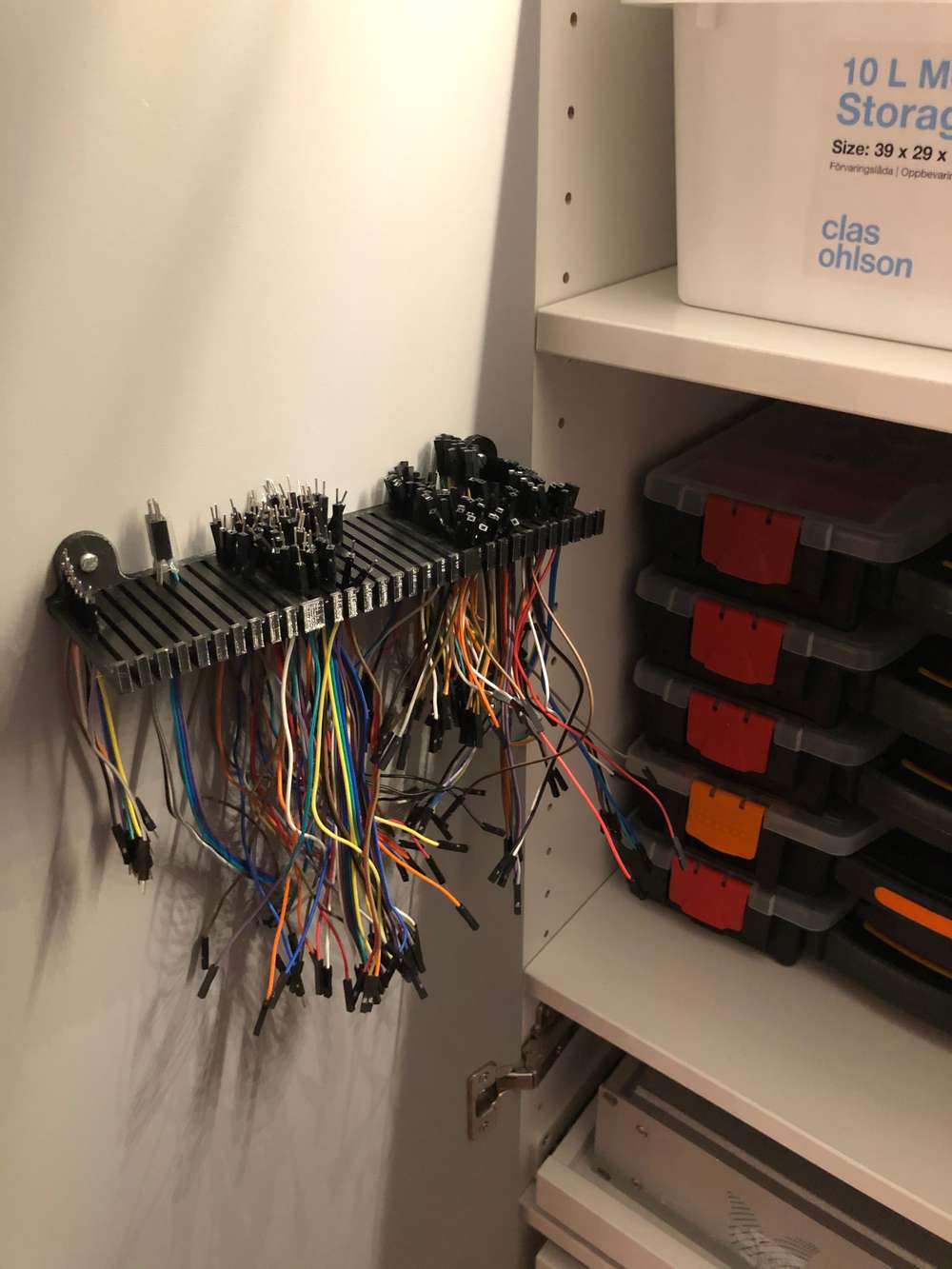
Found it on thingiverse, https://www.thingiverse.com/thing:3567126
@mfalkvidd Neat! It's so obvious once you see it. This is something I need. I have a box full of dupont cables, but it always seems I can't find the right length gender combination.
I also have a wide variety of USB cables hanging on hooks. Something like this with wider slots would be a better solution.
Gonna have to get that 3d printer on day.
-
After 4 months of finishing the new house, i finally started to build in my sensors :)
Do need to build a new repeater, since a part of the sensors are out of reach.
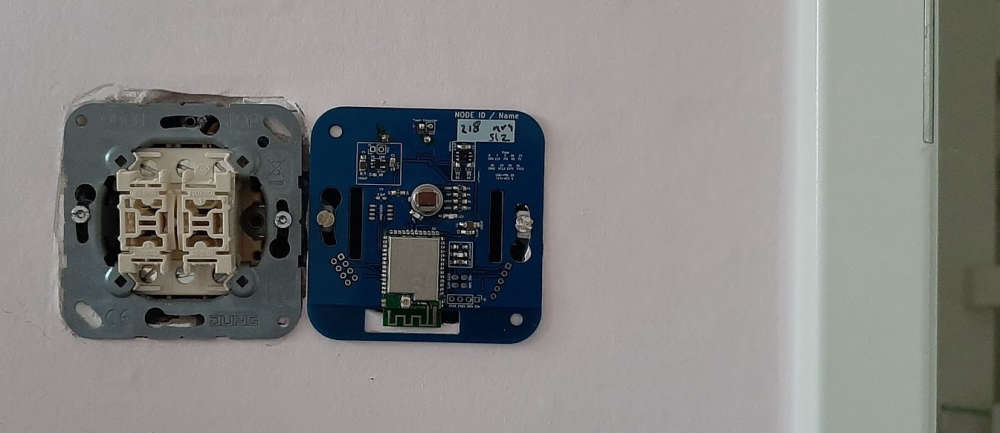
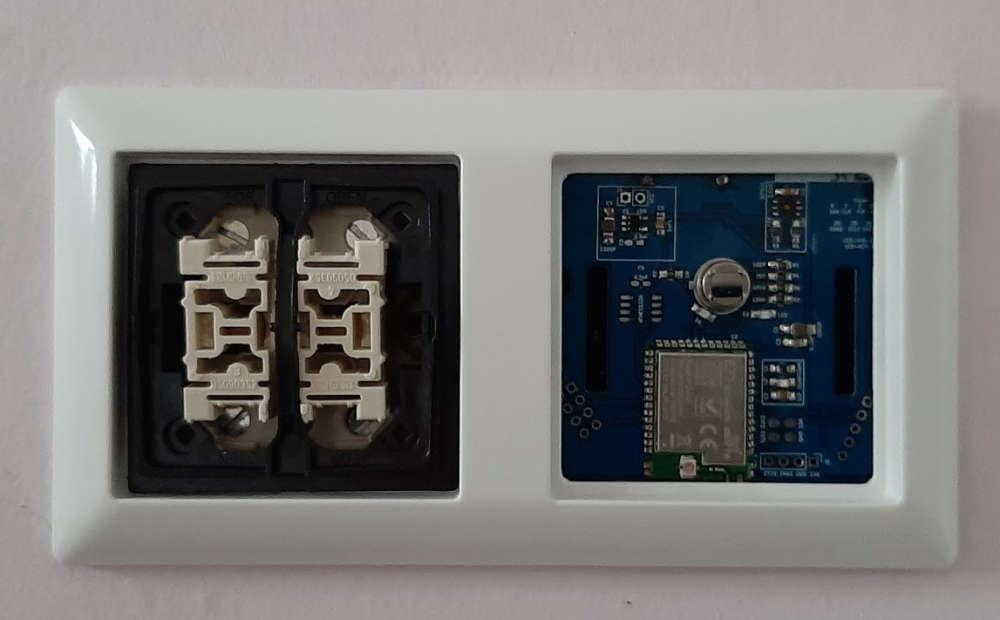
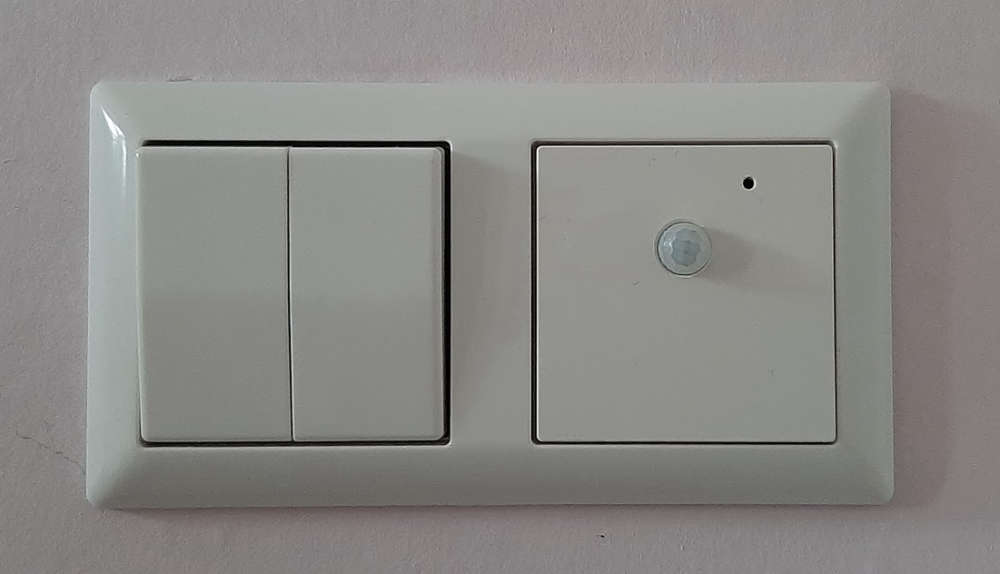
-
@nagelc Its al from jung. Series AS500. Its hard for me to search for sellers in the US.. Google forces me to search in the Netherlands.
My understanding that the standard inwall boxes in North America are pretty different than in Europe /Netherlands . The types I use always look like this
But I'll share my kicad files on openhardware.io, only thing you have to do is change the backplate.
This sensor : link
Also made a repeater, but this one is fairly unsafe( I got zapped installing it 😁). I just got the PCB's for a safer version I hope I can post pictures when everything works.
-
A relatively basic board, based on a cheap CDEByte module, some leftover iTead power supplies (with not so-well aligned footprint) and a PCA9555 to drive the SSRs directly. I have suspended ceiling with many light spots so I want to be able to control them either one by one (in small rooms with less than 8 spots) or by groups/area in bigger rooms. This will be hidden in the ceiling in an electric box so I have no size constraint and it was easy to respect the creepage/clearance distance and include slots.
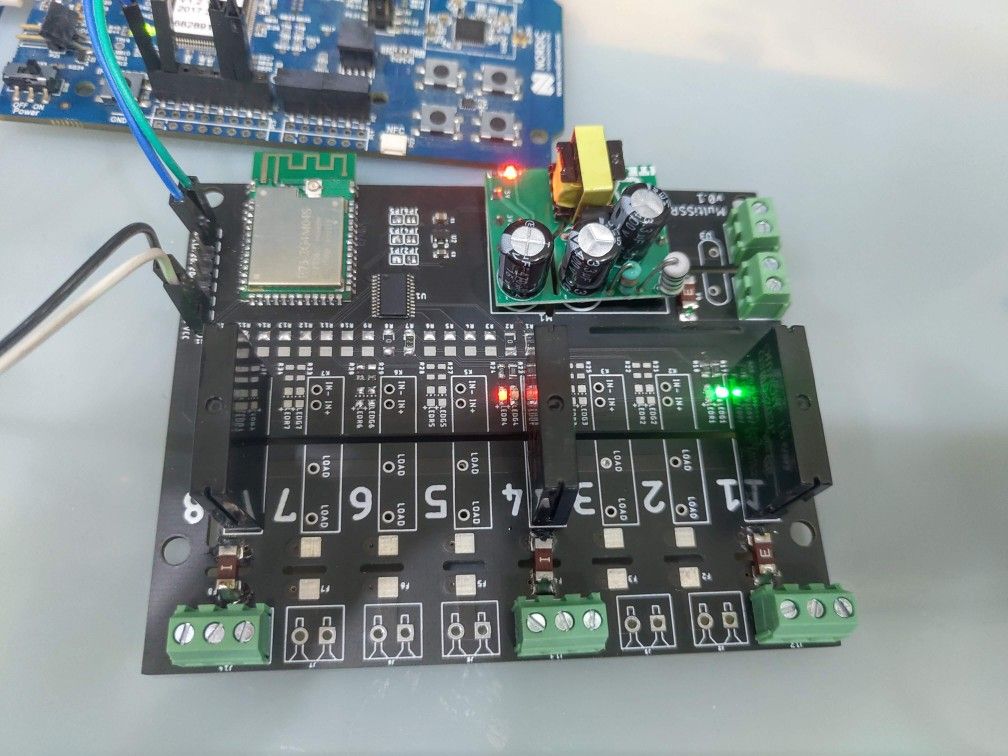
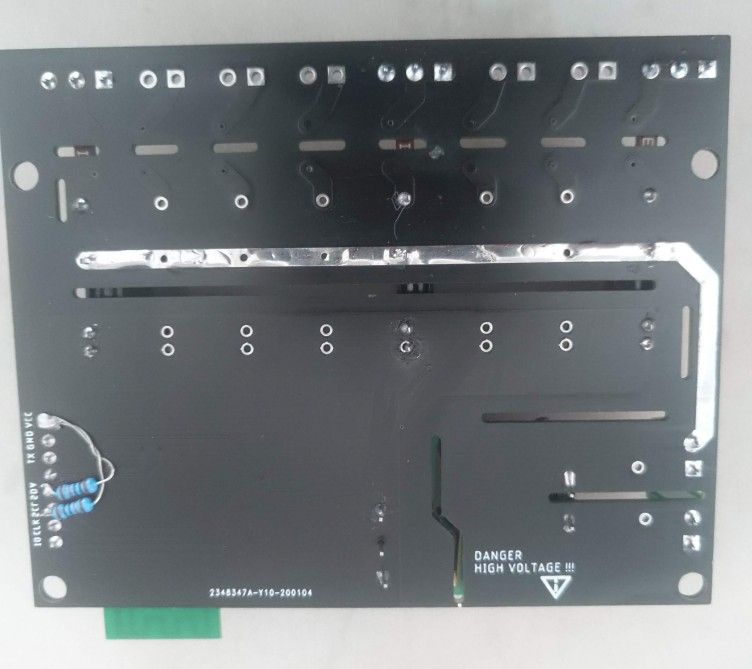
Resistors are the pullups for the I2C bus that I stupidely forgot :blush: (and yes I fixed that ugly solder point for the middle SSR)Result in Things Gateway:
